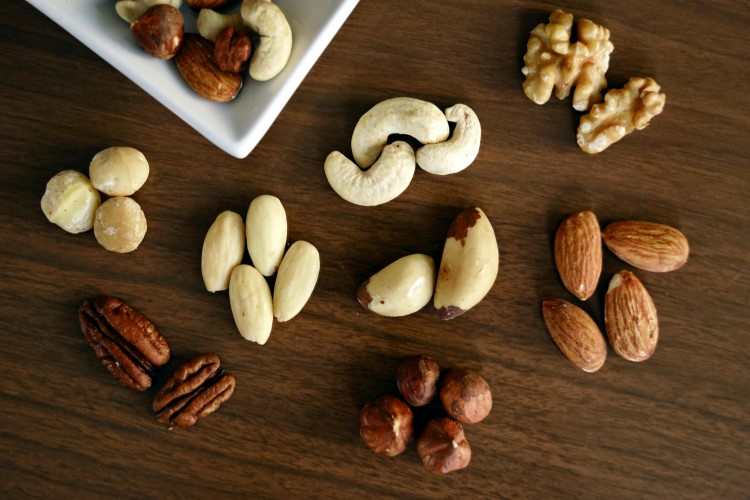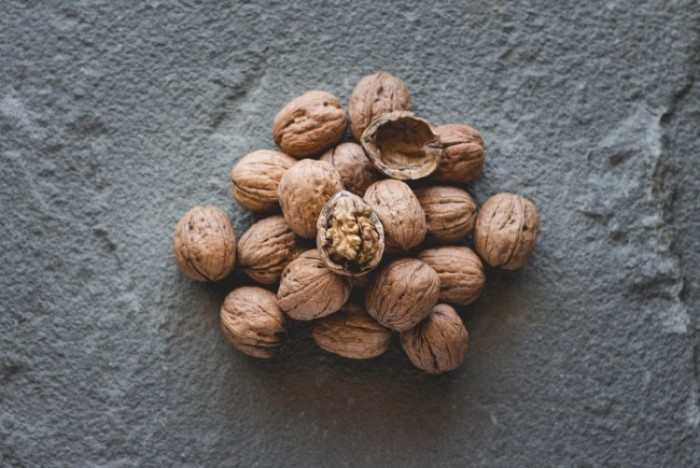
There are only two major categories of toothbrushes, and the choice of toothpaste is simply dazzling. Whitening, tartar control, fluoride vs. non-fluoride, bleeding treatment, anti-sensitivity, even H. pylori elimination or probiotics—these options overwhelm consumers. Which claims are valid and which are marketing gimmicks? We'll answer straight away. Toothpaste can help you do only three things, respectively: prevent cavities, reduce sensitivity, and remove surface stains.
In the first category, if you want to prevent cavities, fluoride toothpaste is the one you should choose. Everyone is suitable, especially children.
The Chinese Dental Association clearly said: "Fluoride toothpaste is globally endorsed in dentistry and public health for effective cavity prevention".
The second category, anti-sensitivity toothpaste is recommended, it is recommended by the dentist and can be used for tooth sensitivity treatment programs.
This is because the essence of tooth sensitivity is that small fine holes appear on the surface of the teeth, especially at the roots, allowing irritants to contact the nerve through these small holes, hence the sensitivity to hot, cold, and acid. In the case of anti-allergy toothpaste, several ingredients can plug these tiny holes. These include stannous salts, strontium acetate, and the bioactive glass material NovaMin®. You can look at the ingredient list on the back of the toothpaste and if it contains any of these ingredients, it's effective for sensitivity.
I have had problems with tooth sensitivity and have been able to treat it just fine with toothpaste. I discussed with my fellow dentist that if you need toothpaste to manage sensitivity, there are two small things to keep in mind when brushing your teeth. One, rinse your mouth with the smallest amount of water after brushing to not wash away those active ingredients. Two, you can apply a little bit of toothpaste thickly directly on the most sensitive areas. These two small actions are designed to let the ingredients in the toothpaste, filled into the small holes on the surface of the teeth, play a role in isolating the role of irritating substances, the treatment cycle is generally one to three months.
There is a third category, whitening toothpaste for surface stains.
A good whitening toothpaste can remove staining on the surface of your teeth, such as pigmentation deposited by drinking too much coffee and cola, and restore the original color of your teeth. However, we need to know that teeth are originally yellowish, and we cannot expect to see the kind of unnaturally white teeth shown in ads.
In addition to the three categories of efficacy - cavity prevention, sensitivity relief, and stain removal - no other efficacy has seen sufficient evidence to advise you to choose.
Choosing toothpaste: read the ingredient list
However, there are still many choices of toothpaste with the same efficacy, how do we go about choosing? I'll teach you a way, which is to read the list of ingredients.
No matter what kind of effect, toothpaste has one thing in common, which is to brush your teeth through friction, and the most important ingredient in toothpaste is friction agent. Among the various friction agents, I recommend hydrated silica, which not only brushes cleanly but also causes less damage to the teeth.
In contrast, calcium carbonate is the worst of the friction agents, with high hardness and roughness, which can easily damage the surface of the teeth over time.
Besides friction agents, toothpastes usually have foaming agents in them, which is the reason why your mouth is full of bubbles when you brush. These substances do not make much sense for brushing, and dentistry no longer advocates adding too many, so if your toothpaste is still a little bit full of bubbles, it means that the toothpaste is already a little outdated. In particular, you should be aware that there is a sulfate foaming agent called sodium lauryl sulfate, which has been shown to severely damage oral flora and irritate the mucous membranes of the mouth.
Another little reminder is that preservatives are added to toothpaste. There's nothing wrong with preservatives per se, but you're better off avoiding ingredients that release formaldehyde, such as DMDM hydantoin. The names are a bit more complicated, so you can look at the table and see at a glance the ingredients that are safe in toothpaste, and the ones you need to avoid. The next time you pick a toothpaste, open it up and use it. As long as the toothpaste meets these criteria, it is recommended that you rotate it.
In addition to toothpaste, you may also choose mouthwash as a daily clean-up after three meals. Most of the current evidence agrees that rinsing can be more effective in suppressing plaque, but in no way compares to the effects of brushing your teeth. It complements but doesn't replace brushing.
LATEST POSTS
- 1
 How Serious Should We Take Colds? When to Seek Medical Care
How Serious Should We Take Colds? When to Seek Medical Care - 2
 How to Supplement Vitamin B with Limited Whole Grains Intake
How to Supplement Vitamin B with Limited Whole Grains Intake - 3
 Vitamin deficiency determines whether the body synthesizes survival or longevity proteins
Vitamin deficiency determines whether the body synthesizes survival or longevity proteins - 4
 Three Types of Cold and Flu Medicines to Keep at Home
Three Types of Cold and Flu Medicines to Keep at Home - 5
 Postural problems affect the organs and when is the best time for postural management?
Postural problems affect the organs and when is the best time for postural management?
 Gentle Skin Cleansing: Avoid Too Much Friction
Gentle Skin Cleansing: Avoid Too Much Friction Light Fasting, the Anti-Aging Switch for the Age of Longevity
Light Fasting, the Anti-Aging Switch for the Age of Longevity Scientific view of the health effects of electromagnetic radiation from electronic products
Scientific view of the health effects of electromagnetic radiation from electronic products Skincare Basics: The Skin Barrier
Skincare Basics: The Skin Barrier Electronics and Blue Light Protection, Headphone-Induced Hearing Damage: Assessing the Health Impact of Electronics
Electronics and Blue Light Protection, Headphone-Induced Hearing Damage: Assessing the Health Impact of Electronics What’s the Best Average Weekly Sleep Duration?
What’s the Best Average Weekly Sleep Duration? How to Prepare for Viral Infections?
How to Prepare for Viral Infections? The Importance of Correct Calcium Supplementation
The Importance of Correct Calcium Supplementation Electric Toothbrushes: 5 Key Benefits You Should Know
Electric Toothbrushes: 5 Key Benefits You Should Know













